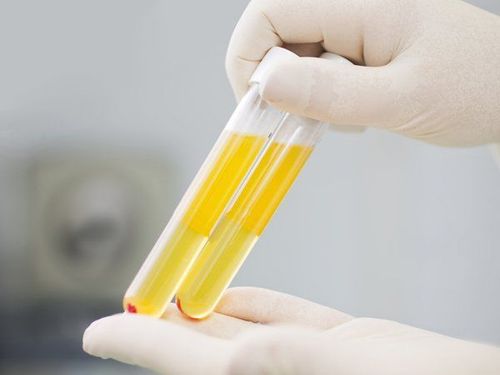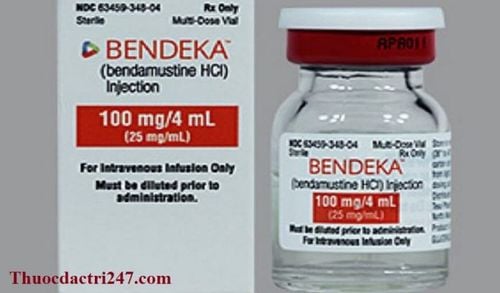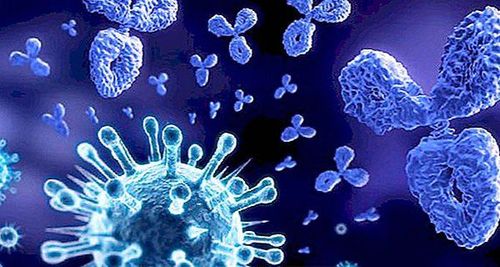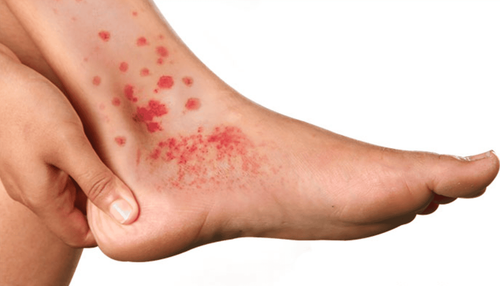This is an automatically translated article.
Immunoglobulin is a serum preparation that was first used for the treatment of immunodeficiency in 1952. At present, intravenous immunoglobulin therapy is widely used as a vaccine to help prevent immunodeficiency. treatment of various autoimmune, infectious and idiopathic diseases.
1. Pharmacological information of immunoglobulin
Immunoglobulin is an immune serum, used similar to a vaccine with the aim of strengthening the immune system for people, helping to prevent some infectious diseases, and effective in some critical emergency.
People may know immunoglobulin by other names such as immune serum, antiserum, immunoglobulin, normal human, for intravascular adm...
Type of drug: Passive immunoglobulin
Immunoglobulin has many Different dosage forms and strengths include:
Carimune NF: 3 g, 6 g, 12 g Gammagard S/D : 2.5 g, 5 g, 10 g Gammagard Liquide 10% Octagam 5% : 20 ml, 50 ml , 100 ml, 200 ml Flebogamma 5% : 10 ml, 50 ml, 100 ml, 200 ml Gamunex 10% :10 ml, 25 ml, 50 ml, 100 ml, 200 ml Privigen 10% :50 ml, 100 ml, 200 ml Immunoglobulin is a preparation that is obtained from the plasma or serum of a blood donor and has no antigenic response to certain diseases such as hepatitis B , hepatitis C , HIV grade 1 and 2. In addition, the drug It is also used as an alternative therapy for patients with congenital hypogammaglobulinemia or hypogammaglobulinemia due to idiopathic thrombocytopenia or patients with Kawasaki syndrome.
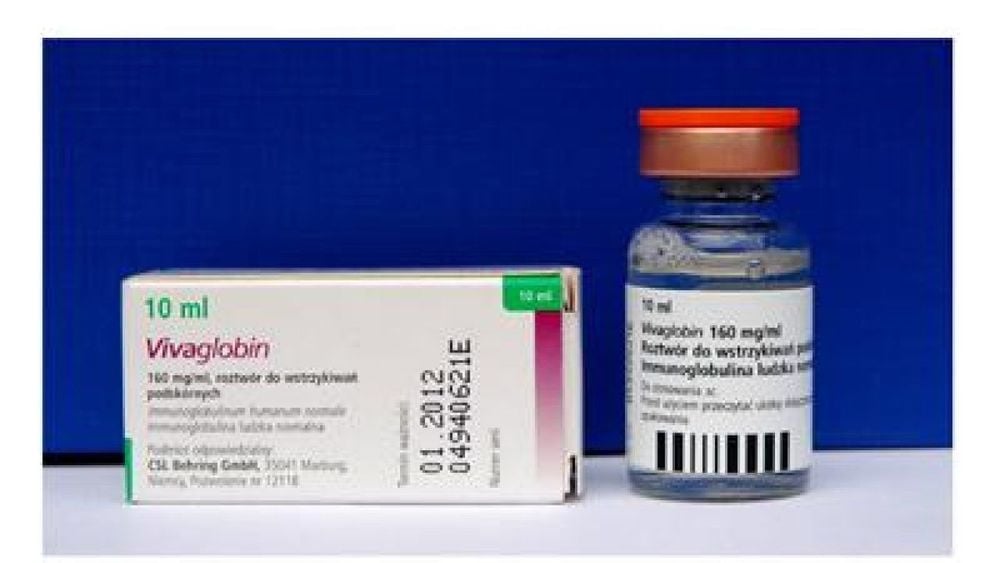
Immunoglobulin là một loại huyết thanh miễn dịch, được sử dụng tương tự như một loại vắc-xin với mục đích tăng cường hệ miễn dịch cho mọi người
2. Intravenous immunoglobulin therapy is indicated and contraindicated
Indications for use of intravenous immunoglobulin include replacement therapy and immunomodulatory therapy:
Intravenous immunoglobulin therapy is used in cases of people with concomitant primary immunodeficiency diseases hypogammaglobulinemia or impaired humoral immune function. Cases of recurrent infections in HIV-infected children Secondary immunodeficiency Chronic lymphocytic leukemia Bone marrow tumor with hypogammaglobulinemia Patients with consecutive infections Prophylaxis of infections Prophylaxis for patients after Hematopoietic stem cell transplantation Patients with idiopathic thrombocytopenic purpura in the presence of excessive bleeding or before surgery Guillain-Barré syndrome Kawasaki disease In addition, the following cases are contraindicated to use Intravenous immunoglobulin therapy:
Absolutely not use intravenous immunoglobulin for patients with anaphylactic reactions or severe systemic reactions to any of the ingredients in the drug. Patients with IgA deficiency should not use intravenous immunoglobulin
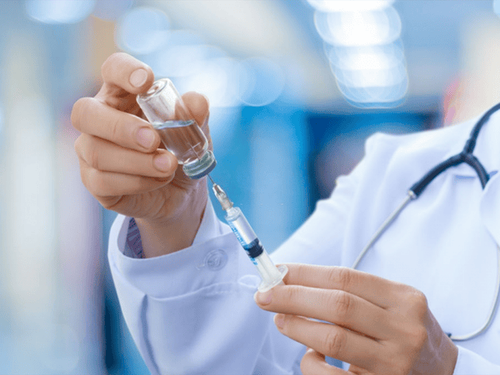
Chỉ định sử dụng immunoglobulin tiêm tĩnh mạch bao gồm điều trị thay thế và điều trị điều hòa miễn dịch
3. How to use intravenous immunoglobulin
Principles of intravenous immunoglobulin use:
Drugs infused within 2-24 hours When starting to use drugs, they should be infused at a low dose and slowly into the patient's body. An independent infusion line must be used. common to other drug lines. Use isotonic saline rinsed through the infusion line before reuse Warm the vial to room temperature before use If concentrated immunoglobulin solution is used, a large vein must be used to avoid pain at the injection site Get ready adrenaline during infusion. The dose of intravenous immunoglobulin for each case is not the same, based on the patient's condition, the doctor will determine the most appropriate amount of drug. The following is the dose of immunoglobulin used in some cases:
Children with HIV infection or prevention of infection use a dose of 400 mg/kg every 2-4 weeks Primary Venous Insufficiency: Dosage and the number of injections was adjusted depending on the IgG concentration, ranging from 200 to 800 mg/kg per month. Chronic lymphocytic leukemia: Gammagard SD 400 mg/kg/dose, every 3-4 weeks Idiopathic thrombocytopenic purpura: In acute cases, 400 mg/kg/day injection, within 2-5 days day. In chronic cases 400 mg/kg as needed for the purpose of maintaining platelet counts, the dose may be increased as needed in the range of 800 - 1000 mg/kg. Kawasaki disease: Intravenous immunoglobulin therapy within 10 days of onset of kawasaki disease Hematopoietic stem cell transplantation with hypogammaglobulinemia: 400 mg/kg per month Guillain-Barré syndrome: 400 mg /kg/day, continuously for 5 days or 2000 mg/kg in divided doses used within 2 days.
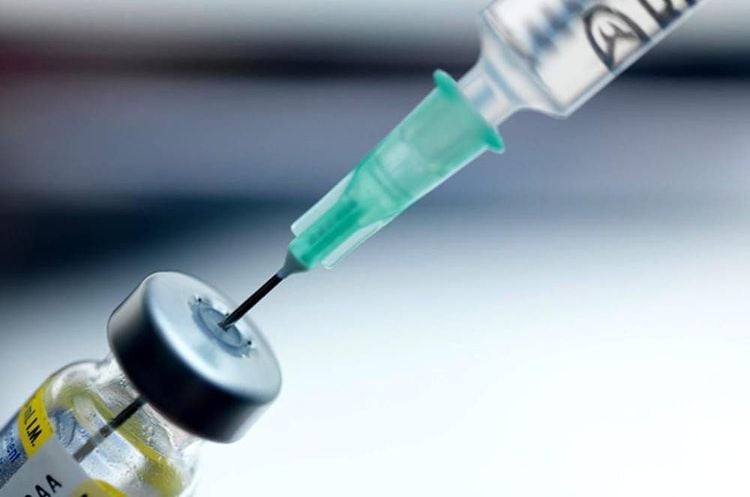
Liều lượng dùng immunoglobulin tiêm tĩnh mạch cho từng trường hợp không giống nhau
4. Notes when using intravenous immunoglobulin
A few notes when using intravenous immunoglobulin you should know:
Make sure the patient is sufficiently hydrated before administering immunoglobulin to limit the risk of acute kidney failure Elderly, kidney disease, diabetes should be cautious when using immunoglobulin use. Stop infusion when the patient has symptoms such as fever, chills, nausea, shock... Some vaccines such as mumps, live rubella, live chickenpox should be used before 3 weeks or after 3 months after taking them. Administer intravenous immunoglobulin therapy to avoid drug interactions. After mixing the medicine, it should be used immediately for the best effect.
Please dial HOTLINE for more information or register for an appointment HERE. Download MyVinmec app to make appointments faster and to manage your bookings easily.




